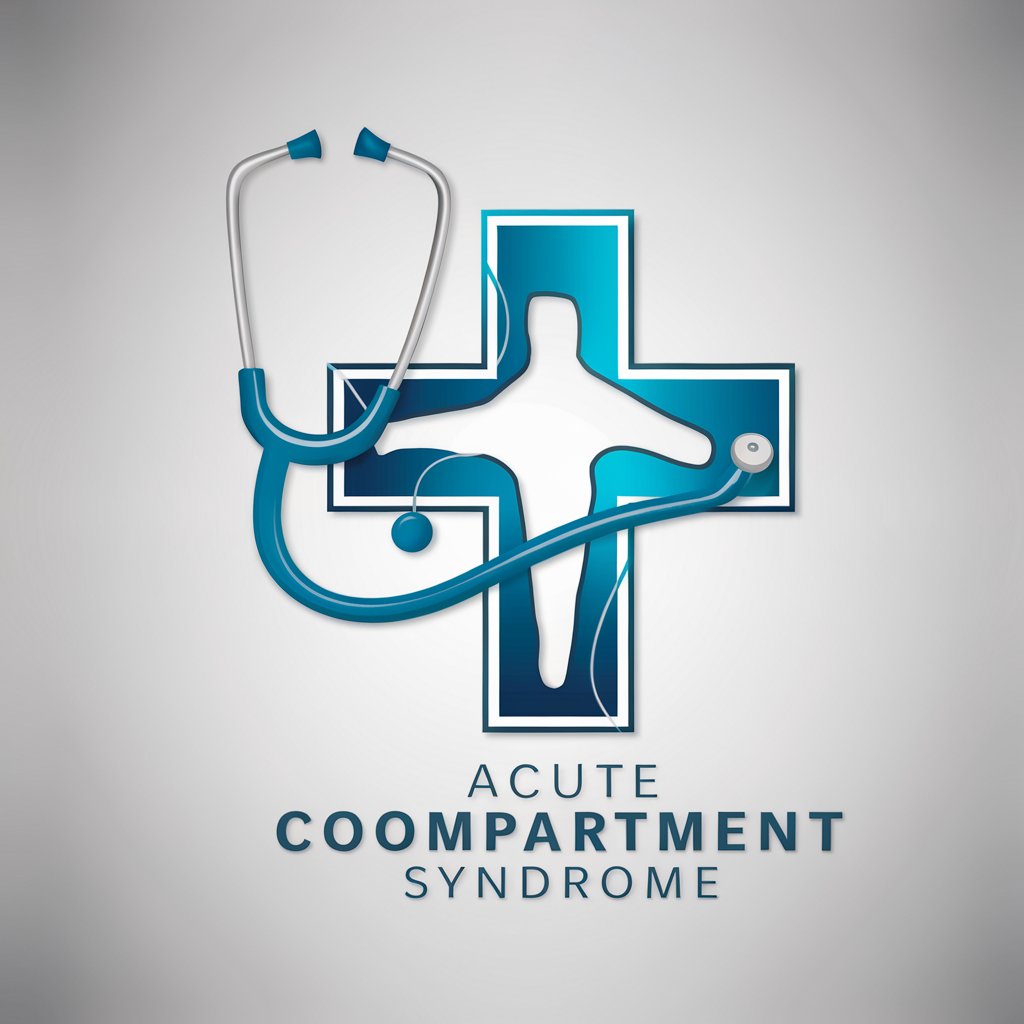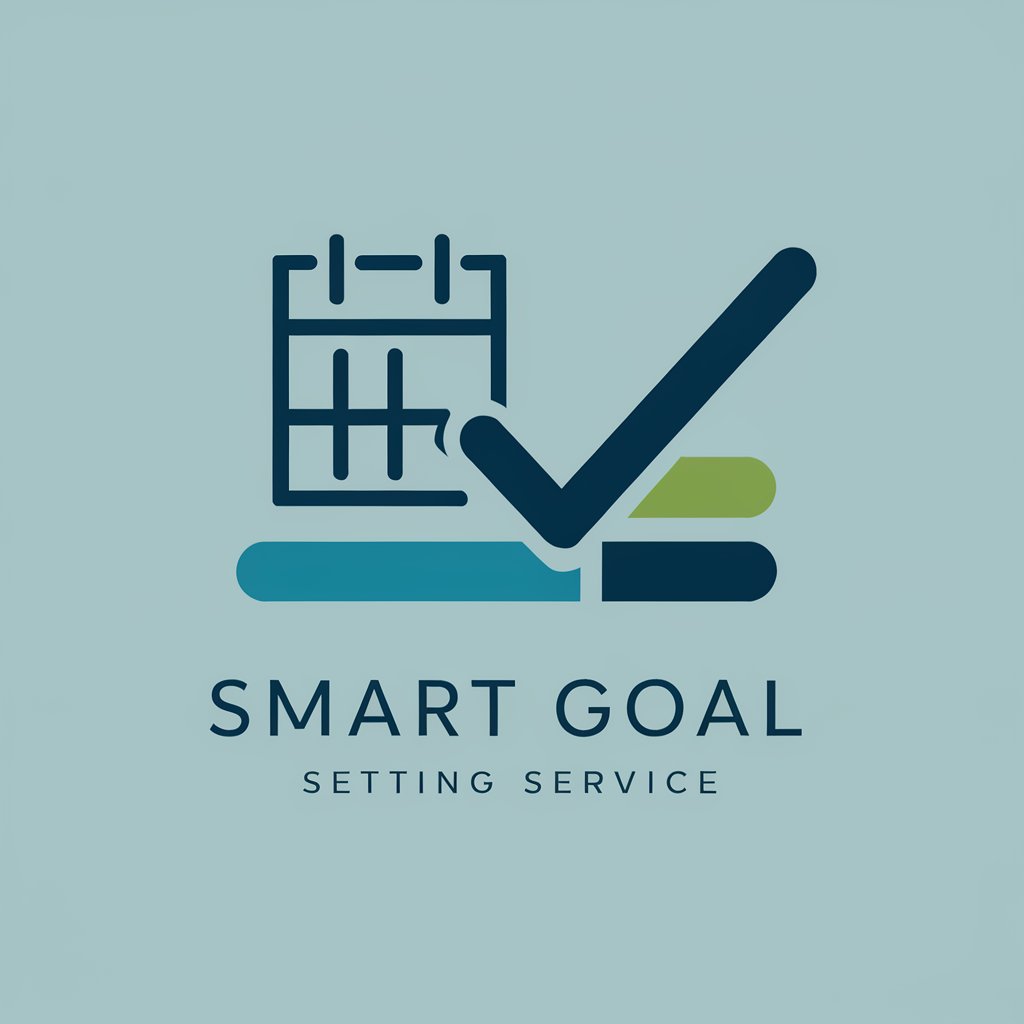Acute Compartment Syndrome - Comprehensive Compartment Syndrome Info

Hello! I'm here to help you understand compartment syndrome.
Unlock Knowledge on Compartment Syndrome
What are the common causes of compartment syndrome?
How is compartment syndrome diagnosed?
What are the symptoms of acute compartment syndrome?
Can you explain the treatment options for compartment syndrome?
Get Embed Code
Overview of Acute Compartment Syndrome GPT
Acute Compartment Syndrome GPT is designed to function as a specialized knowledge base focused on acute compartment syndrome, a serious condition that occurs when pressure within the muscles builds to dangerous levels. This pressure can decrease blood flow, preventing nourishment and oxygen from reaching nerve and muscle cells. The primary design purpose of this GPT is to educate and inform users about the pathophysiology, symptoms, diagnostic criteria, and treatment options associated with compartment syndrome. For example, it can simulate scenarios where someone might experience the symptoms after a fracture and guide them through the understanding of why urgent treatment is crucial to prevent permanent damage. Powered by ChatGPT-4o。

Main Functions of Acute Compartment Syndrome GPT
Educational Information
Example
Detailing the symptoms such as severe pain, swelling, and decreased muscle function, which may not improve with pain medication.
Scenario
A user questioning the signs following a recent injury could be guided to recognize urgent symptoms and seek immediate medical evaluation.
Diagnostic Guidance
Example
Explaining diagnostic methods like intra-compartmental pressure measurement and the clinical signs to watch for.
Scenario
Providing information to medical students or junior doctors about how to diagnose and the importance of timely intervention.
Treatment Options Overview
Example
Outlining treatments such as fasciotomy, which involves cutting open the fascia to relieve pressure.
Scenario
Informing patients or healthcare providers about possible surgical interventions and post-operative care necessary for recovery.
Ideal Users of Acute Compartment Syndrome Services
Medical Students and Healthcare Professionals
This group benefits from detailed explanations of the pathophysiology and clinical management of compartment syndrome, enhancing their educational groundwork and practical knowledge for early diagnosis and treatment.
Patients and Their Families
Those directly affected by or at risk of acute compartment syndrome can gain a better understanding of their condition, what symptoms to monitor, and the urgency of seeking medical care, which can be critical for outcome.
General Public Interested in Medical Knowledge
Individuals with a curiosity about medical conditions can expand their knowledge on a relatively common but often misunderstood condition, which can aid in general health awareness and preventive behaviors.

How to Use Acute Compartment Syndrome
1
Start by visiting yeschat.ai to activate a free trial without needing to login or subscribe to ChatGPT Plus.
2
Identify your specific interest or need regarding compartment syndrome, such as academic research, clinical study, or general knowledge.
3
Utilize the provided search functionality to find specific information on causes, symptoms, diagnostics, or treatments of compartment syndrome.
4
Interact with the chat interface to ask follow-up questions or clarify specific points about compartment syndrome.
5
Make use of the information provided to enhance your understanding or as a basis for further research, always cross-referencing with the latest clinical guidelines or studies.
Try other advanced and practical GPTs
What ACOTAR Character Am I?
Discover Your Inner Fae

2024 Dream Goals Architect
Empowering Your Aspirations with AI-Powered Goal Setting

SMART Goals Agent
Your AI-Powered Path to Achieving Goals

SMART Goals Coach
Refine Your Goals with AI Precision

Mystic Manuscript Maven
Craft Your Stories with AI

BowlingGPT
Perfect Your Game with AI

Lila: Divine Play Master
Enlighten your mind, AI-powered.

Waifu Creator
Create Dream Anime Characters

Girl Maker
Craft Perfect Characters with AI

Make me allure
Enhance Naturally with AI

Competitive Gardening Pro
Grow smarter, compete stronger.

Thought Contender
Elevate Debate with AI Insight

Detailed Q&A on Acute Compartment Syndrome
What causes Acute Compartment Syndrome?
Acute Compartment Syndrome is primarily caused by increased pressure within a closed muscle compartment, which can impede blood flow and tissue function. This can result from traumatic injury, such as fractures or severe bruises, or after surgical procedures.
How is Acute Compartment Syndrome diagnosed?
Diagnosis typically involves measuring the pressure within the muscle compartments, alongside assessing clinical symptoms such as pain, pallor, paralysis, paresthesia, and pulselessness. Advanced imaging techniques like MRI may also be used.
What are the symptoms of Acute Compartment Syndrome?
Symptoms include severe pain that is not proportional to the injury, a feeling of tightness in the muscle, and pain when stretching the affected muscles. Numbness or paralysis can occur as the condition worsens.
What treatment options are available for Acute Compartment Syndrome?
The primary treatment is surgical intervention known as fasciotomy, which involves cutting open the fascia to relieve pressure. Additional treatments may include revascularization and managing the underlying causes.
Can Acute Compartment Syndrome be prevented?
Prevention focuses on early detection and treatment of injuries that could lead to compartment syndrome. Proper management of initial injuries and surgical techniques can reduce risks.
